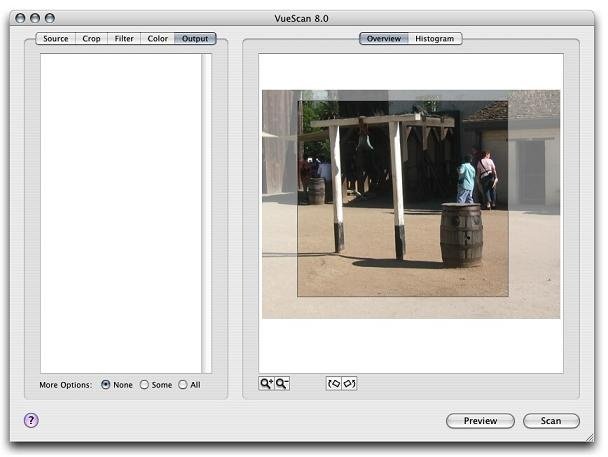

The Standard mode is for those who want more options but are not ready to change all the settings on their own. It has most, if not all, the things an enthusiast needs to scan their images quickly. We’ll look at this a little later.Īs a basic platform, this is a pretty good setup. But, it’s surprising that Vuescan also allows you to use previously scanned RAW images for editing through scanning. The Basic mode is best for enthusiasts who are starting to scan.

It also comes in handy if you are scanning a mass amount of images and you need to do it quickly. This mode is helpful if you don’t want to edit or print large photos. In Basic mode, you can easily scan images.

The default output is 3600 x 2400 pixels at 618 DPI, which has a file size of 2.59MB. But, it might be good enough for what you need. You will not be able to modify the scanning resolution. The file type allows you to save it in JPEG, TIFF, or PDF. Transparency mode is more suitable for the negatives.īy using the media drop-down, you can select Image, Slide Film, Colour or Black and White film. When you choose flatbed, the scanner works as a document scanner in the same way it would for a normal paper or printed photo. You can change the scanning mode to flatbed or transparency. In the Input tab, you can choose the file name of the scan and where to save it. In this mode, you and Input and Prefs tabs. Use the basic mode to get familiar with the program and how it works. These can be found under the drop-down menu in the Options box in the Input panel. These are Basic, Standard, and Professional. There are three different modes to scan your images. The options are laid out in an intuitive way that becomes easier to use over time. Overall, it is fast to use and navigate once you get the hang of it.

#VUESCAN FOR LINUX FULL#
But, having more options allows you to take full control over every feature and element. It does make it challenging to determine what you want to use. These are Input, Crop, Filter, Color, Output, and Prefs.Įach tab has a host of sliders and options. This interface is where all of your tweaking capabilities are. With the Vuescan interface, you’ll see six tabs. That said, this is true for most scanning software!īut some programs, like EPSON Scan, do use graphics to make the design more accessible. Rather than a graphic interface, you’re faced with lines of options. It is up to your personal preference which adjustments you apply during the process. Contrast, brightness, highlights, and shadows all play their part in photo scanning.
#VUESCAN FOR LINUX SOFTWARE#
Your scanning software needs to have a broad capacity for making adjustments to the scene. This allows for a better base to edit the image in Lightroom, Photoshop, or any other editing software. When it comes to scanning, you are looking to get as much detail as you can. Your film scanner and scanning software need to create the highest quality image possible. It’s more cost-efficient to buy a scanner and scan yourself at home than going into a lab and asking them to scan it. There are increasingly fewer photo labs that have darkrooms and a workforce to print out negatives. Scanning is also crucial for photographers who can’t afford to have their images printed. You should not forget to include your analogue photos in your online portfolio, site, or social media feed. Scanning makes it possible to edit and improve your picture for that unique print or share your work online. Scanning and printing your images hold a lot of weight outside of capturing the image. Developing is also technically challenging. This process requires you to invest time, precision, and money into a kit. If you are shooting colour negative films, you might not have the capabilities to print them yourself. However, with this method, you will lose more quality than by scanning negatives. The other option is printing your image in a darkroom and scanning it afterwards. Scanning is often the process you use when you want to digitalise your negatives.


 0 kommentar(er)
0 kommentar(er)
